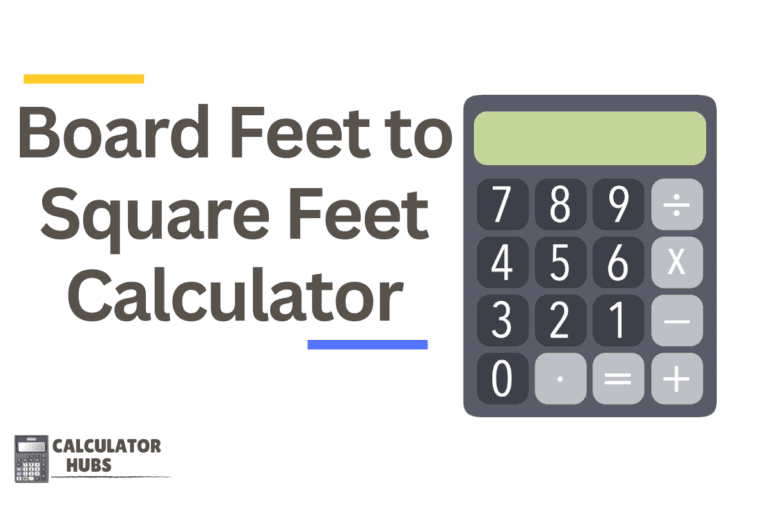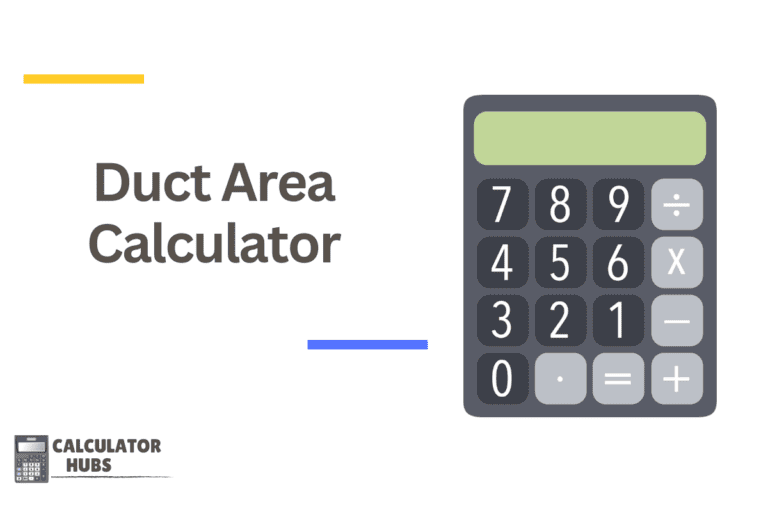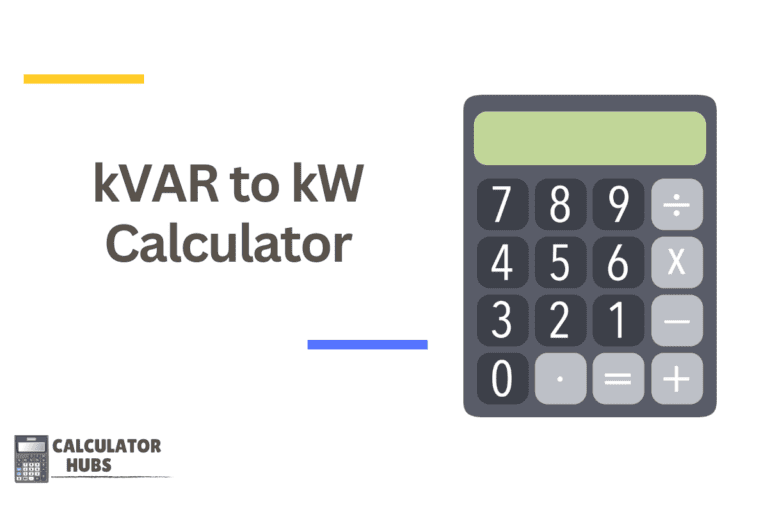Transpose Minus to Plus Cylinder Calculator
Plus Cylinder Prescription:
Sphere: 0.00 D
Cylinder: 0.00 D
Axis: 0°
The Transpose Minus to Plus Cylinder Calculator is a vital tool in the field of optometry and ophthalmology. It is used to convert eyeglass prescriptions from the minus cylinder format commonly used in North America to the plus cylinder format prevalent in parts of Europe and Asia. This conversion helps in standardizing prescriptions across different regions and ensures accuracy when ordering lenses from international suppliers.
How the Transpose Minus to Plus Cylinder Calculator Works
To perform the conversion, the calculator requires the following inputs from the eyeglass prescription:
- Sphere (SPH): The main lens power prescribed to correct nearsightedness or farsightedness.
- Cylinder (CYL): The lens power for astigmatism, if any. This number is negative in the minus cylinder format, which needs conversion.
- Axis: The angle in degrees of the astigmatism correction, ranging from 1 to 180.
Formula Used:
The conversion from minus cylinder to plus cylinder involves adjusting the sphere and cylinder values and modifying the axis component:
New Sphere = Sphere + Cylinder
New Cylinder = -Cylinder
New Axis = Axis + 90 degrees- Adjust the Axis: If the new axis calculation exceeds 180 degrees, subtract 180 from the result to keep the axis within the standard range of 1 to 180 degrees.
General Terms and Definitions Table
| Term | Definition |
|---|---|
| Sphere (SPH) | The primary power of the lens, correcting nearsightedness or farsightedness. |
| Cylinder (CYL) | Additional lens power to correct astigmatism. This value can be negative or positive, indicating the format. |
| Axis | The orientation angle of the cylinder correction in the lens, measured in degrees. |
Example of Calculator Use
Scenario:
- Original Prescription: Sphere: -2.50, Cylinder: -1.00, Axis: 150
Calculations:
- New Sphere:
-2.50 - 1.00 = -3.50 - New Cylinder:
1.00(converted to plus by negating the minus) - New Axis:
150 + 90 = 240degrees (since this is above 180, subtract 180) - Adjusted New Axis:
240 - 180 = 60degrees
This conversion results in a new prescription: Sphere: -3.50, Cylinder: +1.00, Axis: 60 degrees.
Most Common FAQs
1. Why is there a need to convert between minus and plus cylinder formats?
Conversion is necessary when ordering lenses from different countries that use different conventions or when using equipment calibrated for a different cylinder format.
2. How does changing the cylinder format affect the prescription?
Changing the cylinder format does not affect the corrective power of the lenses; it merely shifts how the power is distributed between the sphere and cylinder values.
3. Is the visual outcome the same with minus and plus cylinder lenses?
Yes, the visual correction provided is the same; the difference lies only in how the prescription is written.
4. Can any prescription be converted using this calculator?
Yes, any prescription using a cylinder value can be converted between minus and plus formats using this calculator.
5. What should be done if the axis exceeds 180 degrees after conversion?
If the new axis exceeds 180 degrees, simply subtract 180 degrees to bring it back into the standard range of 1 to 180 degrees.
The Transpose Minus to Plus Cylinder Calculator simplifies the task of converting lens prescriptions between different formats, ensuring accuracy and consistency in eyewear prescriptions worldwide. This tool is invaluable for eye care professionals and patients needing to understand or utilize different prescription standards.






